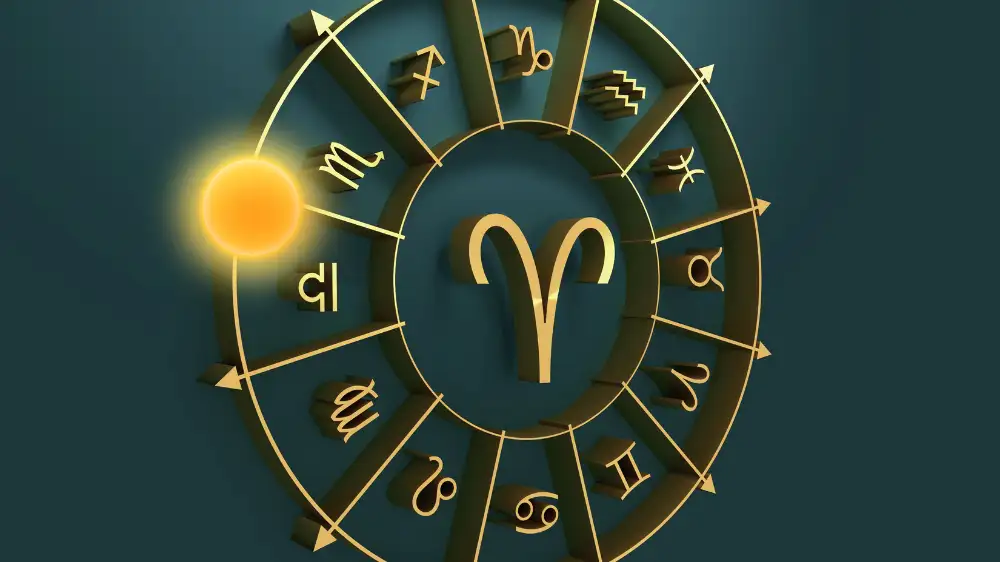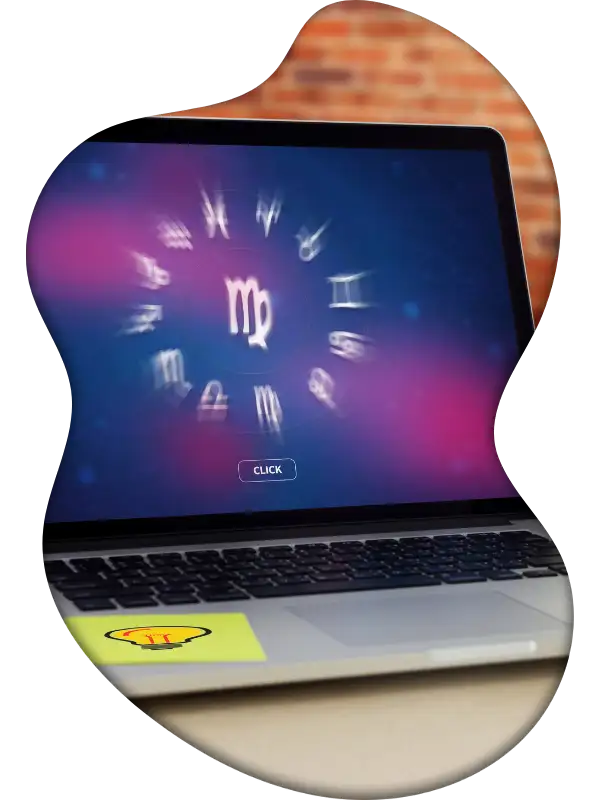What is a Solar Return? A solar return is a planetary alignment that occurs when the Sun returns to the exact sign and degree of the Zodiac it was at your birth. This alignment is also called a solar return chart. Astrologers use the solar return to predict events in your life for the upcoming year.
[toc]
How Does a Solar Return Work?
If the natal chart and other predictive techniques (such as primary directions) indicate an event in a specific year, the solar return:
- Confirms or negates the event,
- Clarifies the event's details,
- Sets in motion the circumstances leading to the realization of the event in the appropriate month.
Other predictive methods, such as lunar returns and transits, are then used to pinpoint the exact day and time of the event.
An example from my practice: Primary directions promise that around April 2025, a woman will submit her citizenship application for a new country, marking the beginning of a new chapter in her life. The solar return confirms this event and provides additional details. It also initiates the conditions that make it possible for her to apply specifically in April rather than March or February.
During the active period of the solar return chart (starting from August 2024), circumstances aligned such that the first application opportunity arose in April 2025. That's when the application was scheduled (at the time of writing, this date has already been confirmed). The woman described this as "things just fell into place." This is the essence of how a solar return works.
How to Read a Solar Return Chart?
The solar return only confirms the event promised by higher-level predictive techniques (such as primary directions). So, first, you must know which event you want to verify with the solar return.
Step 1.
Start by identifying the planets in the natal chart that indicate the promised event, then compare their meaning in the solar return.
- If the solar return repeats its natal meaning, the solar return confirms the event.
- If the solar return changes the meaning to the opposite, it negates the event.
Example: You are seeking confirmation of an illness. The planet indicating illness in the natal chart promises robust health and longevity in the solar return. The solar return negates the event, and nothing happens.
[promoFreeCourse]
Step 2.
Always examine the 1st and 10th houses of the chart. These represent life and activities overall for the coming year. Look for connections between these houses and the promised event.
- If the planets connected to the 1st and 10th houses govern the expected event, life and activities will be closely tied to the year’s main event. The solar return confirms the natal chart’s promise.
- If these planets govern other life events during the year, the solar return does not confirm the event, and it does not occur.
Example 1: You are seeking confirmation of an illness. The ruler of the 1st house (life) is in the 12th house of disease and a sign of its detriment. The solar return confirms the illness.
Example 2: You are still seeking confirmation of an illness. The ruler of the 1st house is in the 2nd house of finances, in excellent condition, with numerous indications of wealth this year. The solar return does not confirm the illness. However, it cannot promise wealth either, as no prior directions indicate it. As a result, nothing significant happens this year—neither illness nor wealth.
Step 3.
If the event is confirmed, analyze its details by examining the connections of the planets, indicating the event with other astrological houses and planets in the solar return chart.
For example, the solar return confirms the illness, and the natal planet of diseases is linked to Jupiter, indicating the lungs and liver. Meanwhile, the same planet is connected to Mars (the planet of inflammation) and the 4th house (lungs) in the solar return. The solar return specifies that confirmed disease refers to lung inflammation rather than liver issues.
What Coordinates to Use for a Solar Return Chart?
Traditionally, astrologers cast a solar return chart for the person's place of residence. If you decide to "trick" fate by meeting your solar return in a different location (where it promises many benefits and negates any hardships for the year) and then return to your usual environment, the flow of events tied to your place of residence will remain unaffected.
To "replace" one solar return with another, it's not enough to mark it in a new location—you must live in that location for the duration of its influence, from the start until the potential event is realized. This method of event correction is known as relocated solar return.
Example: A solar return cast for New York predicts a lung inflammation this year. You mark your solar return in Bali, hoping to avoid the illness, but a few days later, you return to chilly New York, where you catch a cold and develop lung inflammation.
Your solar return chart cast for New York continues to influence events there, even if you were in Bali at the moment of your solar return. The solar return is tied both to your horoscope and to the place where you spend most of its active period.
You can find a real example of relocation in this article.
Where to Cast a Solar Return Online?
Several services allow you to generate a solar return chart online. Here are some of them:
Example of Solar Return Reading
An example of solar return reading is found in the article on predicting marriage using a natal chart. This article demonstrates several forecasting techniques taught in Part 2 of our Predictive Astrology course.
As you can see, a solar return chart is an effective forecasting tool and a means of shaping your future by relocating to the right place at the right time.


